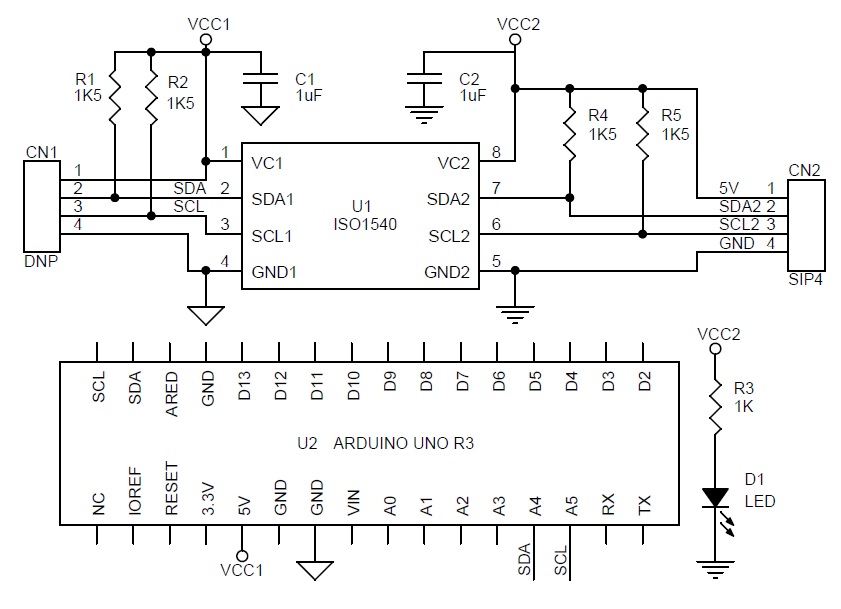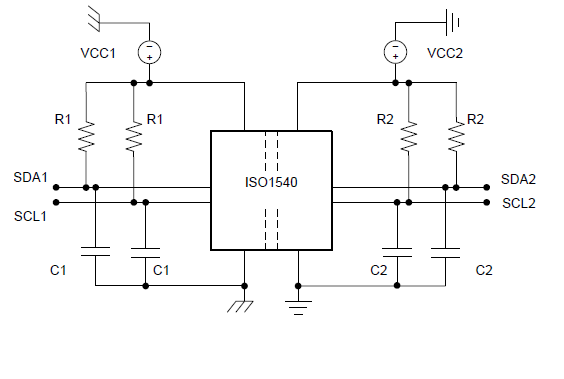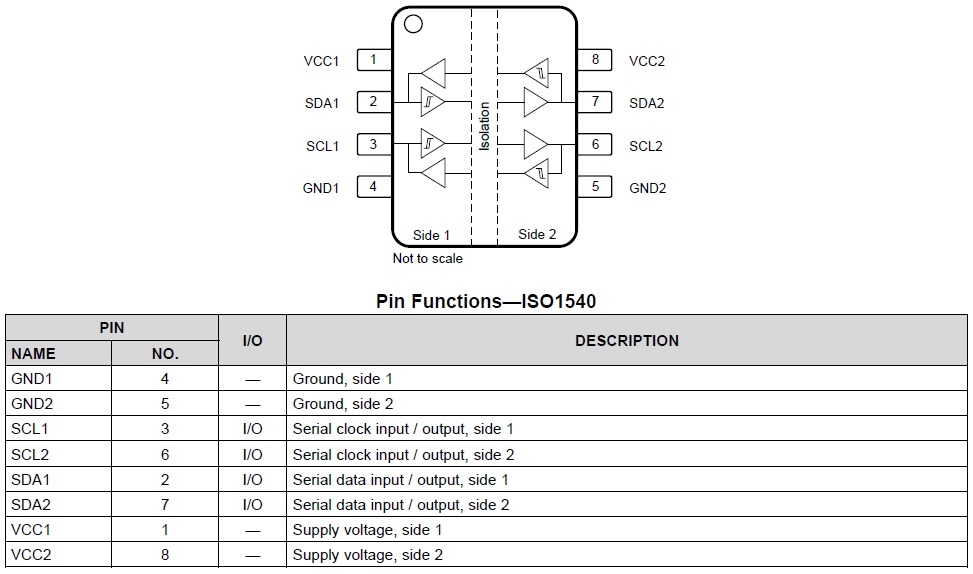Optically Isolated Bidirectional I2C Shield For Arduino
- Rajkumar Sharma
- 4.000 Views
- easy
- Tested
- SKU: EL97872
- Quote Now
Optically isolator Arduino Shield has been designed to provide optically isolated I2C communication between Arduino and any other device or sensors that works with I2C protocols. I have used the ISO1540 Low-Power Bidirectional I2C Isolator IC from Texas Instruments to build this project, and the device is compatible with I2C interfaces. These devices have logic input and output buffers that are separated by Texas Instruments Capacitive Isolation technology using a silicon dioxide (SiO2) barrier. When used with isolated power supplies, these devices block high voltages, isolate grounds, and prevent noise currents from entering the local ground and interfering with or damaging the Arduino board. The ISO1540 has two isolated bidirectional channels for clock and data lines. The project is suitable for multi-master applications. For applications where clock stretching by the slave is possible. LED D1 is the power indicator for side two. This board requires two separate supplies, side one powered from Arduino UNO 5V, side 2 require separate 3.3V to 5V.
Features
- Isolated bidirectional, I2C compatible, communication
- Supports up to 1-MHz operation
- 3-V to 5.5-V supply range, Side 1 Connected to Arduino Uno 5V Supply
- Side 2 Supply 3.3V to 5.5V DC
- Open-drain outputs with 3.5-mA Side 1 and 35- mA Side 2 sink current capability
The I2C bus is used in a wide range of applications because it is simple to use. The bus consists of a two-wire communication bus that supports bidirectional data transfer between a master device and several slave devices. The master, or processor, controls the bus, specifically the serial clock (SCL) line. Data is transferred between the master and slave through a serial data (SDA) line. This data can be transferred in four speeds: standard mode (0 to 100 kbps), fast mode (0 to 400 kbps), fast-mode plus (0 to 1 Mbps), and high-speed mode (0 to 3.4 Mbps). The most common speeds are the standard and fast modes. The I2C bus operates in bidirectional, half-duplex mode, while standard digital isolators are unidirectional devices. To make efficient use of one technology supporting the other, external circuitry is required that separates the bidirectional bus into two unidirectional signal paths without introducing significant propagation delay. These devices have their logic input and output buffers separated by TI’s capacitive isolation technology using a silicon dioxide (SiO2) barrier. When used in conjunction with isolated power supplies, these devices block high voltages, isolate grounds, and prevent noise currents from entering the local ground and interfering with or damaging sensitive circuitry.
Schematic
Parts List
Connections
Diagram
Pin Function
Gerber View
Photos

























